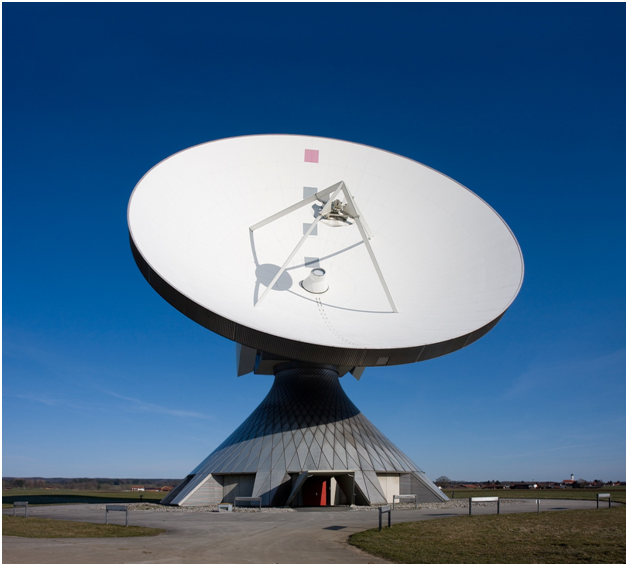If you are one of the millions of people who want to avoid paying hefty satellite and cable TV subscription charges, you’ll need to check that your equipment is in good order and tuned correctly in order to receive Freeview channels. Here are three facts about aerials to ensure you get the best reception.

1. Grouped or Wideband
To watch Freeview, your aerial needs to be in good condition and correctly aligned. TV aerials are designed to work grouped, which is when they work with a specific group of broadcast frequencies, or wideband, which is across all airwaves which can be used for TV transmission. The colour of the stopper on the end of an aerial shows which group of frequencies it is designed to work with.
If the stopper is black, it means it is a wideband aerial, which is what most aerials sold today are, as they are best suited to dealing with changes to TV signals. As some Freeview signals are going to change around the year 2020, it is a good idea to have a wideband aerial.
If the coloured stopper is not visible, you may be able to tell if it’s wideband or grouped by the size and distance of the fins along the body. If they are evenly spaced and of a consistent size, it is more likely to be a grouped aerial, while a wideband aerial will have different spacing and lengths.
2. Type of Aerial
It is best to contact a reputable aerial installer for advice on the best type of aerial for your area. If you are looking for Cheltenham TV aerial installation, you might want to contact a firm such as http://steveunettaerials.co.uk/services/satellite-repair-and-installation-cheltenham/, which is a member of a recognized trade body. They will advise on whether you need a rooftop aerial and how to check coverage. According to Digital UK, you can check the coverage for your area using its coverage checker, but it recommends using a reputable installer.
3. Alignment
Depending on the transmitter you are receiving your TV signal from, the aerial needs to be horizontally or vertically polarised. It is generally the case that those receiving their signal from a main transmitter will need a horizontally aligned aerial, while those that receive from a smaller relay need vertical alignment.